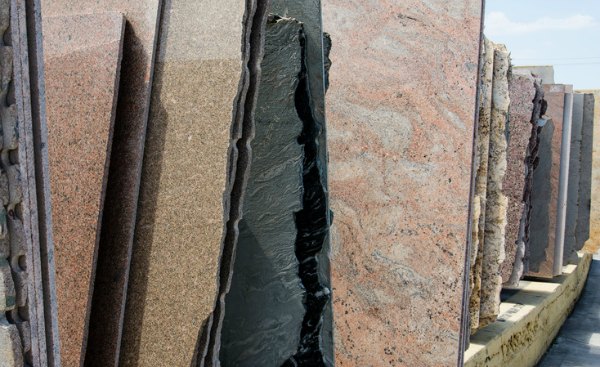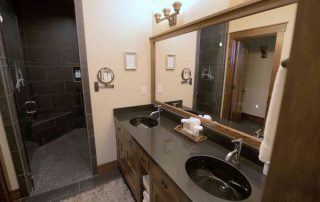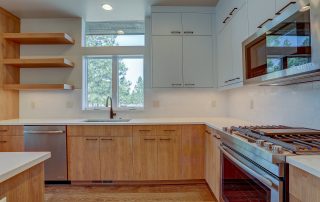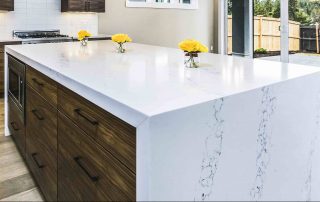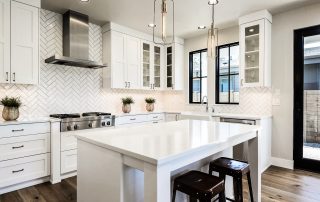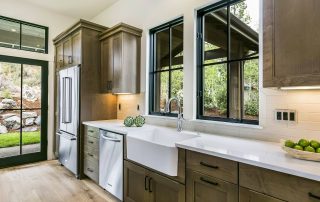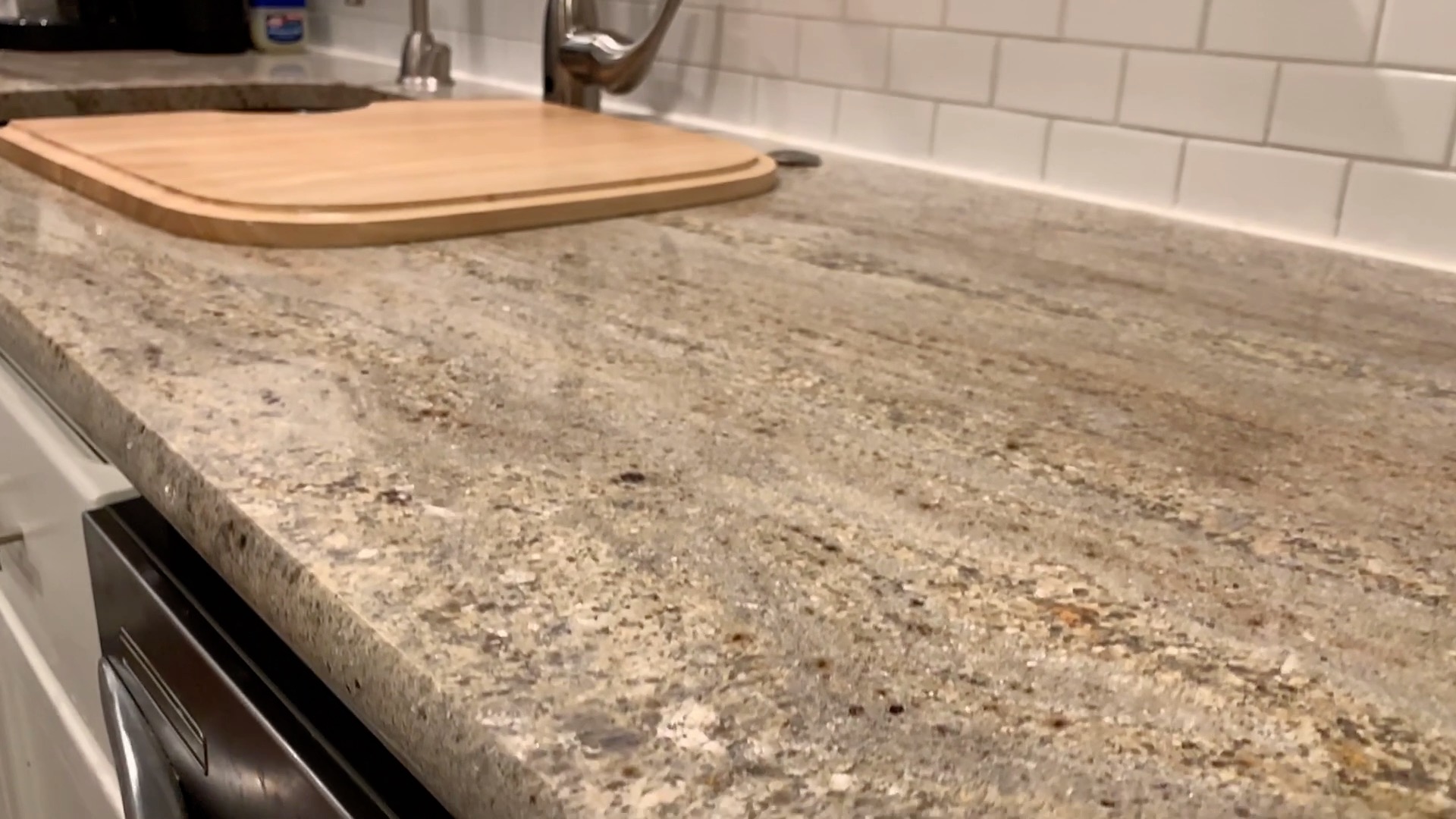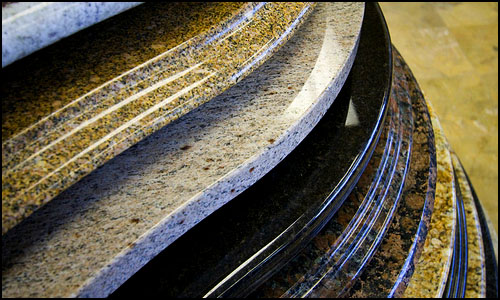Why Should I Choose Natural Stone?
Natural Stone countertops, created by nature and fashioned by modern technology, are an investment homeowners will never regret. With deep iridescent colors, granite and other natural stone offer that elusive one-of-a-kind beauty created only in nature. As a result, natural stone countertops add character and warmth to kitchens, baths and other areas of the home with a richness that cannot be duplicated in synthetic materials.
Granite
Granite is a coarse-grained plutonic igneous rock composed largely of feldspar, quartz, and mica. It begins as molten magma that flows into other rock structures and cools slowly. Granite is comprised of many different minerals that give each countertop slab a unique and attractive appearance. Granite has excellent strength and durability and is resistant to scratches and damage from heat such as pans or hot hair tools.
Coarse-grained
Each slab is unique
Very durable
Resistant to scratches & heat
Marble
Marble is a metamorphic rock that begins life as limestone. Heat and pressure cause the limestone to recrystallize, changing the texture of the rock and causing the calcite crystals to grow and interlock. Marble is heat resistant, but is porous and soft and can easily stain and scratch.
Metamorphic rock
Heat resistant
Porous and soft
Susceptible to staining and scratching
Quartzite
Quartzite is a naturally occurring metamorphic rock. It is created when sandstone is subjected to extreme heat and pressure caused by tectonic plate compression in the crust of the earth. It’s found all over the world and in a variety of patterns and colors. Quartzite is slightly harder than granite and withstands heat very well.
Found all over the world
Variety of colors & patterns
Slightly harder than granite
Very resistant to heat
Limestone
Limestone is a sedimentary rock made up of exoskeletons of coral, shells, algae and calcium carbonate. Limestone is porous and is susceptible to staining and scratching.
Porous
Susceptible to staining
Susceptible to scratching
Soapstone
Soapstone is a steatite stone that includes chlorite, magnesite, and dolomite. Most also contain quite a bit of talc which accounts for the milky or powdery look and feel of the stone. Avoid cutting directly on the stone as it is fairly soft.
Milky/powdery look and feel
Must avoid cutting on surface
Requires periodic oiling of the surface.
Travertine
Travertine is a light-colored, compact form of calcium carbonate formed from several cycles of sedimentation in limestone caves. Travertine is a naturally porous stone and is susceptible to acidic products and heat.
Light-colored
Naturally porous
Susceptible to acidic products
Susceptible to heat
Onyx
Onyx is a calcareous stone, formed by dissolving limestone and redeposited as a new kind of stone. Onyx is a soft, brittle stone and will chip and crack easily. It is also vulnerable to acids and bases.
Soft
Brittle
Susceptible to acids and bases
Chip and crack easily
Why Should I Choose Engineered Stone (Quartz)?
Quartz is a granite alternative that’s been around since the early 1990s and has gained a lot of attention for both residential and commercial applications. Quartz gives you one of the most durable manufactured countertops on the market. Quartz tops are stronger than granite, are highly resistant to scratches and stains, and come in a huge variety of colors.
Engineered Stone (Quartz)
Engineered Stone (Quartz) is a man-made product created mostly from crushed natural materials. It’s typically made of 90 to 94 percent ground quartz and 6 to 10 percent resins and pigments that are combined into durable and nonporous slabs. There are several manufacturers of engineered stone providing a variety of styles, colors, and pricing. Always use a cutting board on quartz countertops, and always use a trivet or hot pad when setting down hot objects.
Man-made
Multiple manufacturers
Variety of colors and styles
Always use cutting board and hot pad


